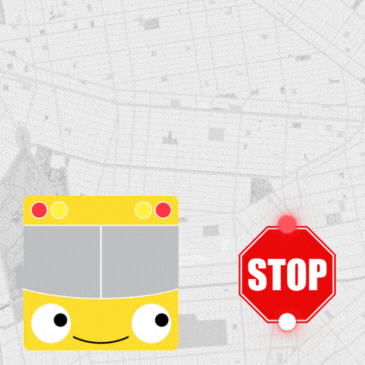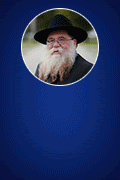.jpg)
Bakery Models How Matzah is Made
Rochester, NY — There is little chance that young children will pass on the opportunity to put dough in their hands. That may go for some adults, too.
Rabbi Nechemia Vogel, director of the local Jewish organization Chabad Lubavitch, is willing to help make it happen.
The anticipated arrival of the Passover holiday is another chance for Vogel to teach or refresh with children and adults a story of Jewish persistence, the faith’s liberation from slavery in Egypt 3,024 years ago. Matzah made in real-time is a link to that ancient story, and helps Vogel underscore the lessons of Passover, which is April 6 to 14 this year.
“Everyone has had matzah but this is kind of the inside story,” said Vogel.
This is the 30th year that Chabad Lubavitch offers a Model Matzah Bakery for demonstrations on how to make the unleavened bread. Part of the Passover story is that matzah was created when the Jews wasted little time on their way out of Egypt and captivity, to the point that they did not wait for the bread they baked to rise.
Jews are not permitted to eat such leavened foods as pretzels, pizza and cereal during Passover, a celebration of the liberation.
“Rabbi Vogel has a unique way of explaining it very clearly and teaching the children their Jewish heritage,” said Elisheva Berenstein, who teaches kindergarten students at Derech HaTorah of Rochester in Irondequoit. “It’s hands-on, which is great for the students.
“They really get a chance to see it. When they hold up that matzah, they know what it stands for and how it’s made.”
This year’s demonstrations at the Model Matzah Bakery are at the Jewish Community Center in Brighton until Tuesday, and are sponsored by Tops Friendly Markets. There are three demonstrations that are free and open to the public on Sunday, beginning at 1 p.m. Schools and groups reserve the other hours at the bakery.
Vogel expects 700 to 800 people to visit, the average year to year, which means he will share a large amount of dough.
Even with the number of times Vogel has shared the story of Passover, he doesn’t mind a little help from the little people in his audience. “It’s a fun event,” said Vogel. “When you’re having fun, you learn a lot more.”
Kindergartners and first-graders from Derech HaTorah put on paper hats and helped Vogel explain the dos, don’ts and whys of what he calls the “world’s first fast food.”
The children pick up and hold wheat before Vogel grinds it with turns of a lever. Flour is mixed, then water. This is one of the moments when the bakers in their new hats can share what they know about chametz, or food that has risen, like cookies and cake.
They want matzah, not chametz, so to prevent the bread from rising, holes must be poked in the top of the dough and cooking complete in the 18 minutes after water is added.
“If you are slow with the dough, the dough has to go. Speed is what you need,” say the students after Vogel shares his poem.
The dough is squeezed into a round shape, ready to be stretched and flattened with a stick that has had all chametz removed from it.
“When families sit down for the Seders (festive meals during the first two days of Passover), the children ask questions,” said Vogel. “One day their children will ask questions.”
Adults who visited the bakery years ago now bring their children. Vogel said that he heard about the idea of a Matzah Model Bakery as a teaching tool from colleagues while in Chicago more than three decades ago.
“It has spread all over,” said Vogel. “My beard wasn’t that white when I started out.”















Merliner
Rabbi Vogel is one of a kind. A respected veteran shaliach and board member of merkos, he is not “above” getting flour on himself with such programs.
May his serve as an inspiration to his peers.
Awesome
Its an awesome experience, remember it as a kid